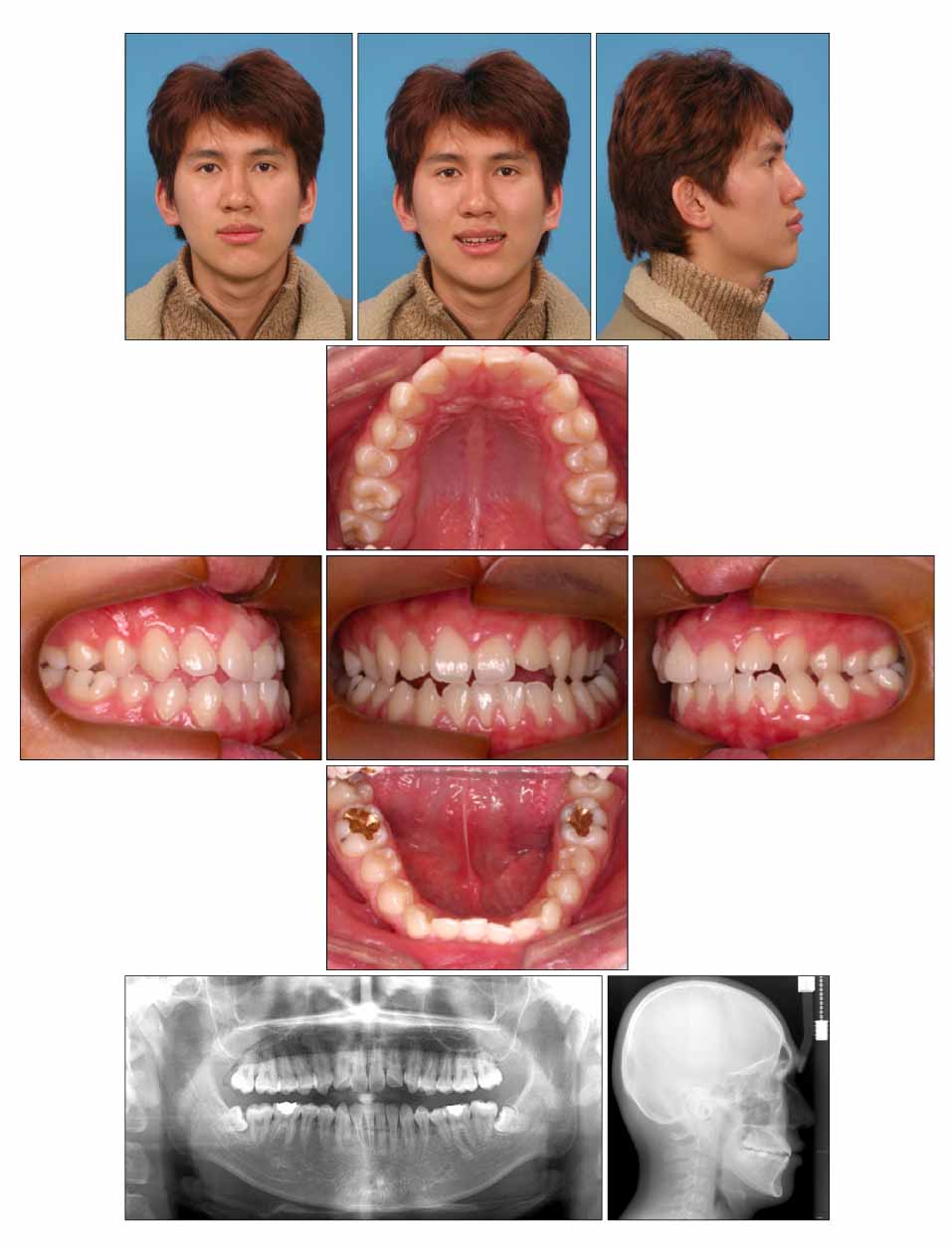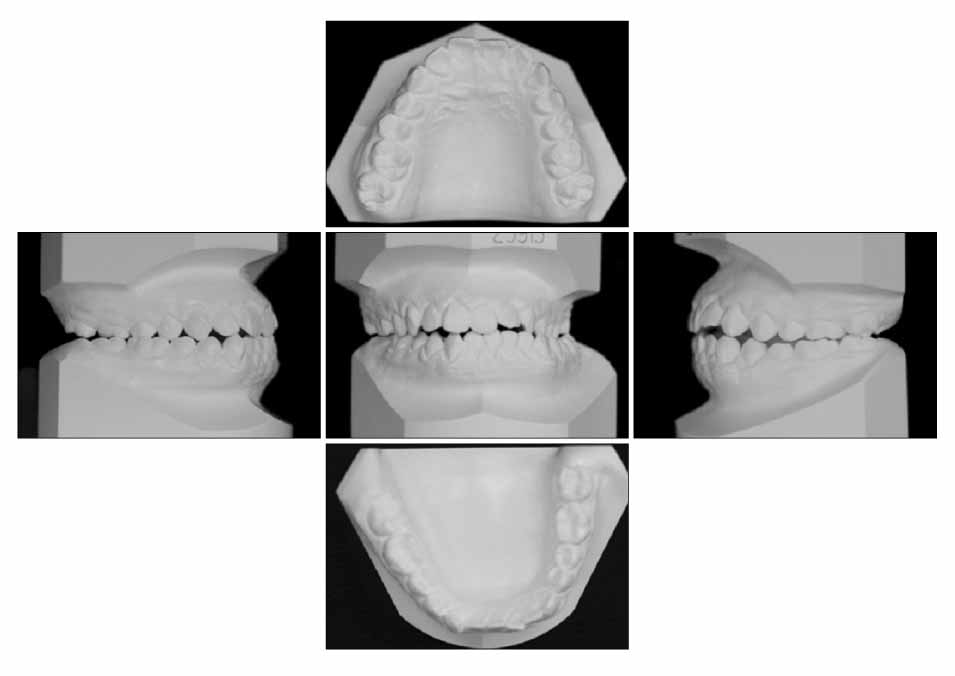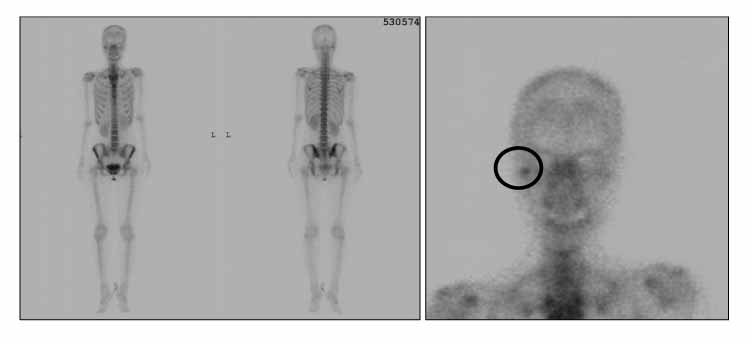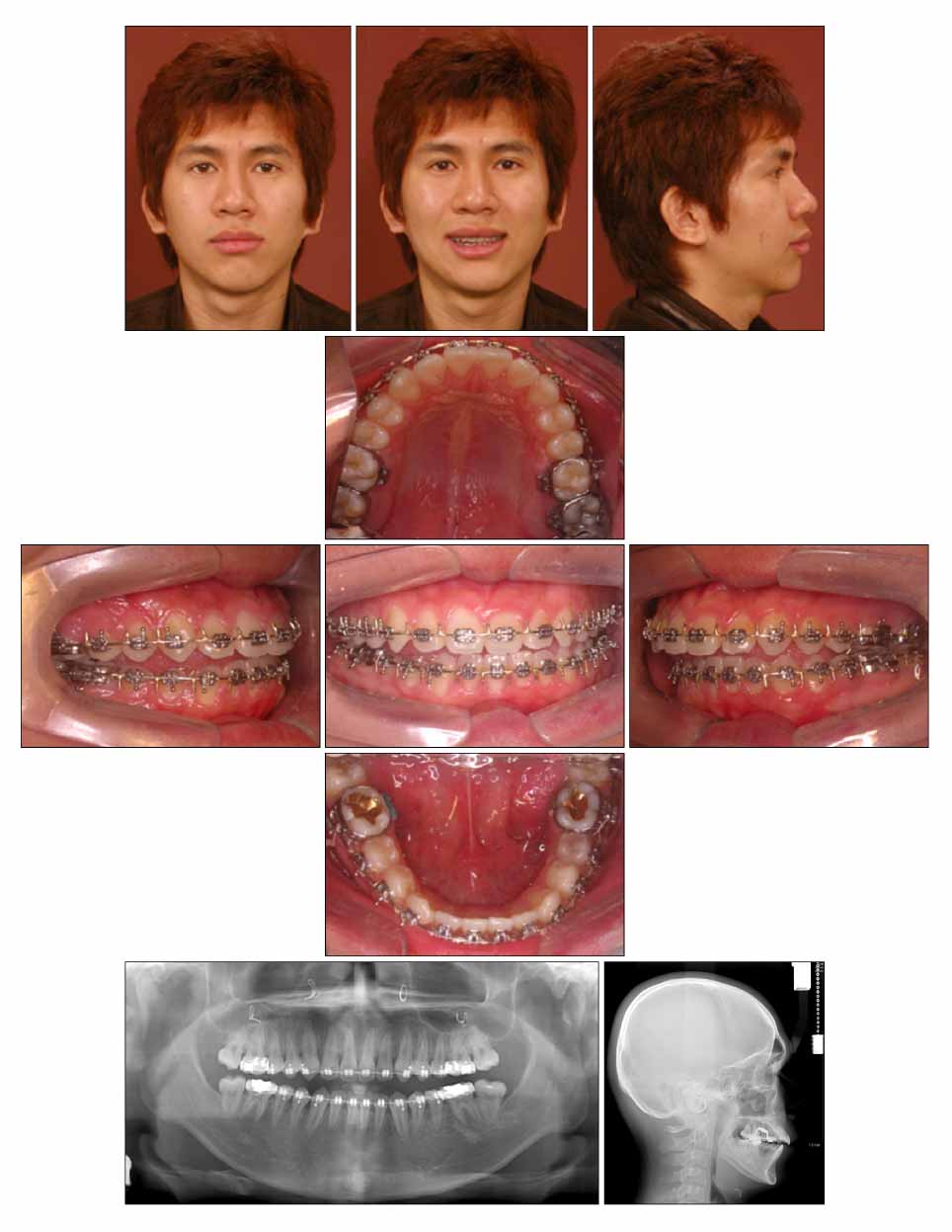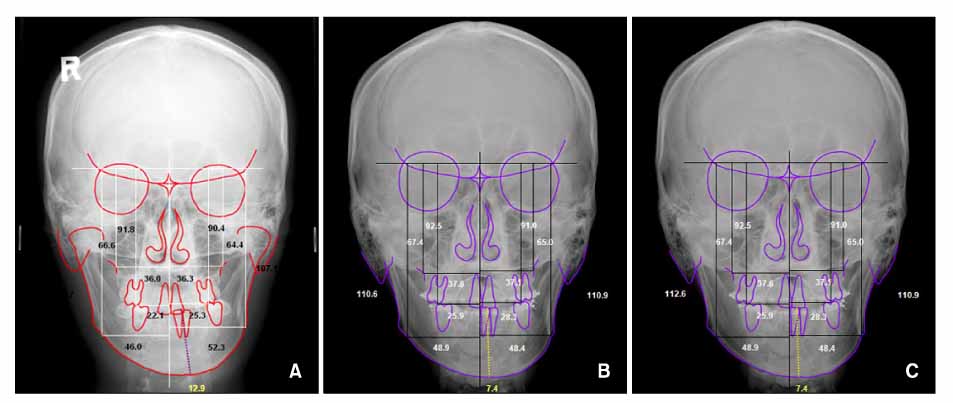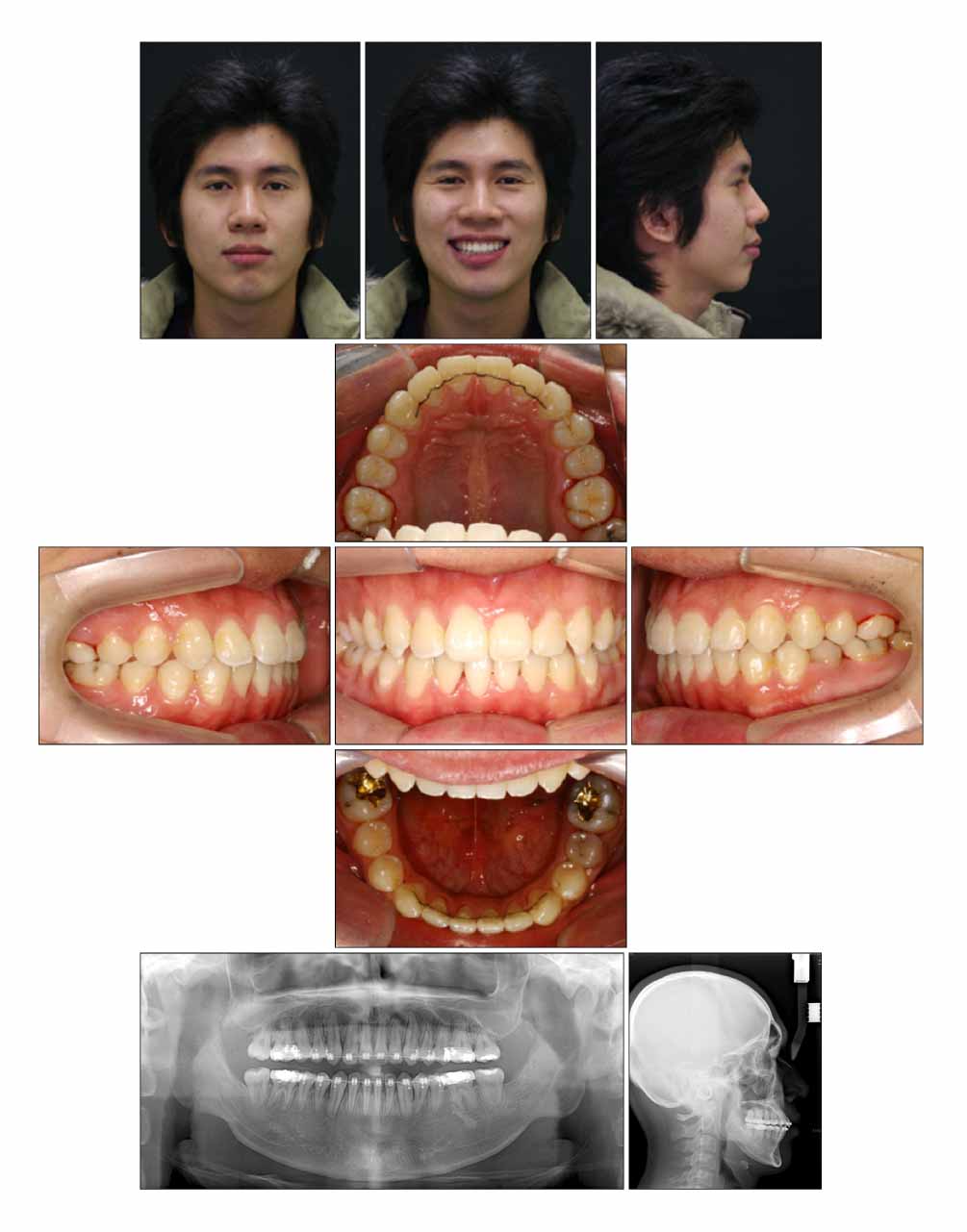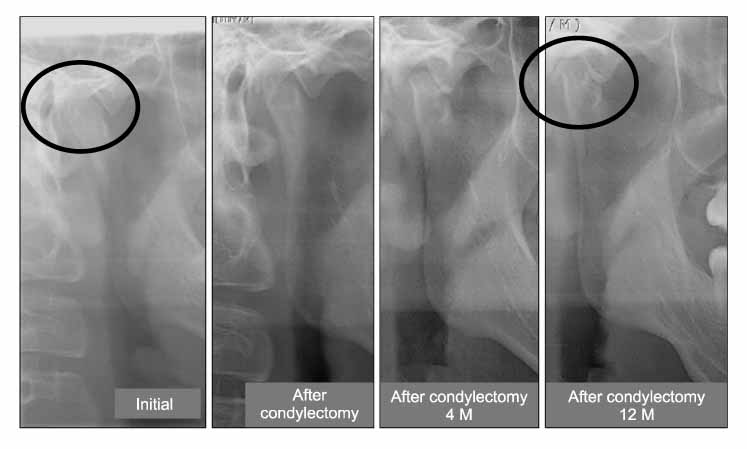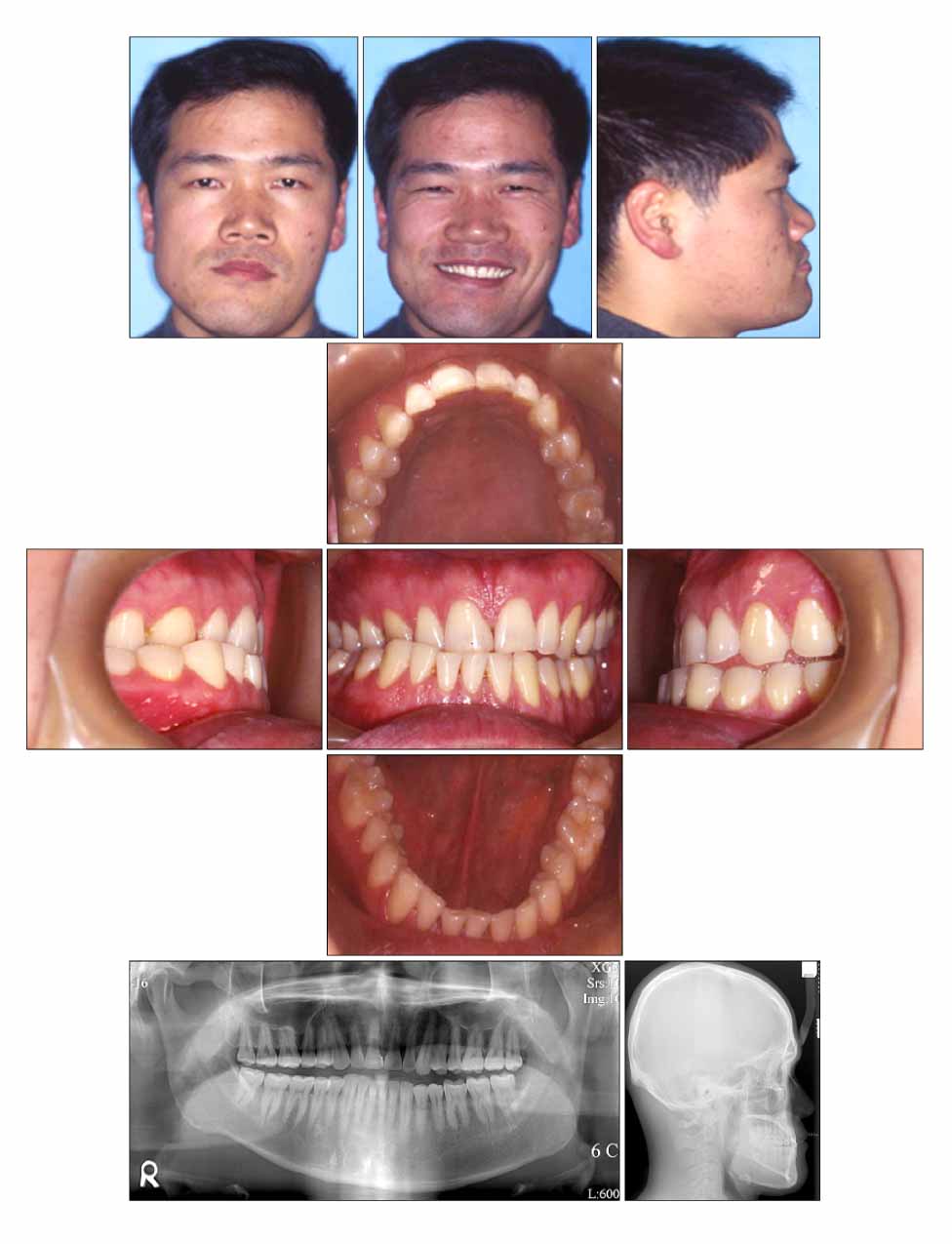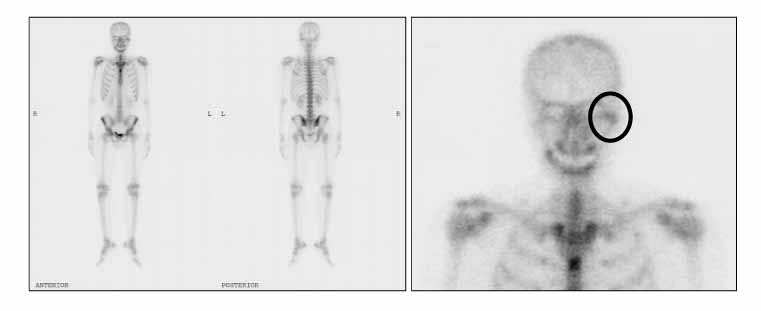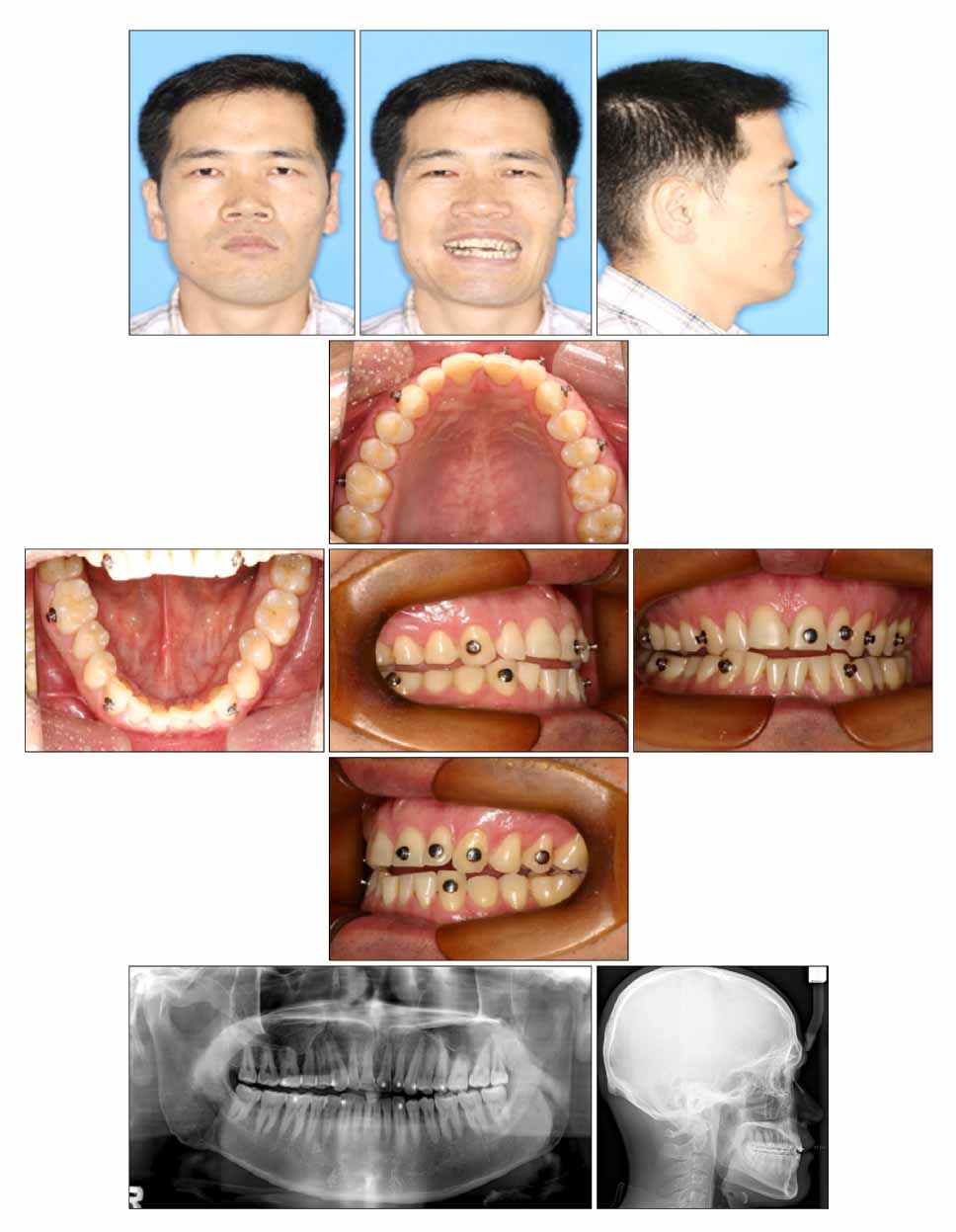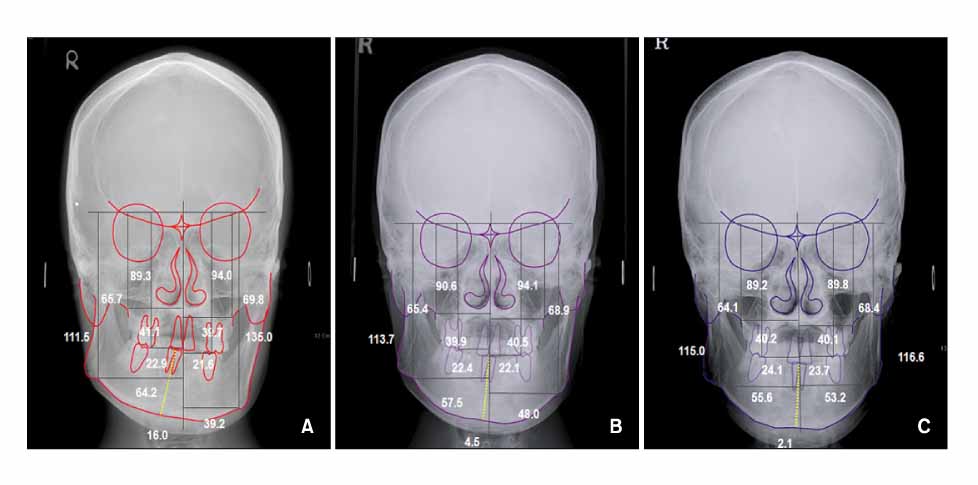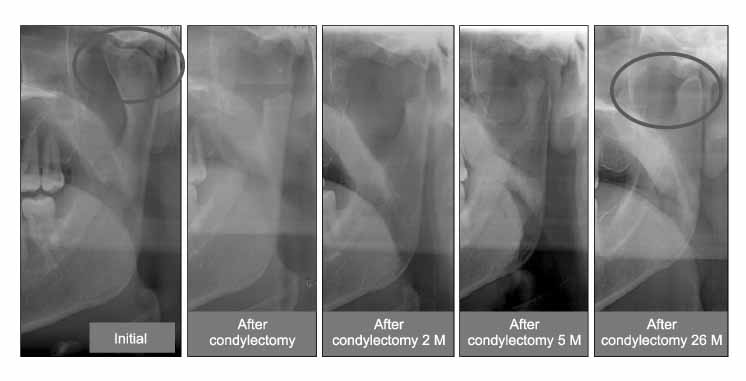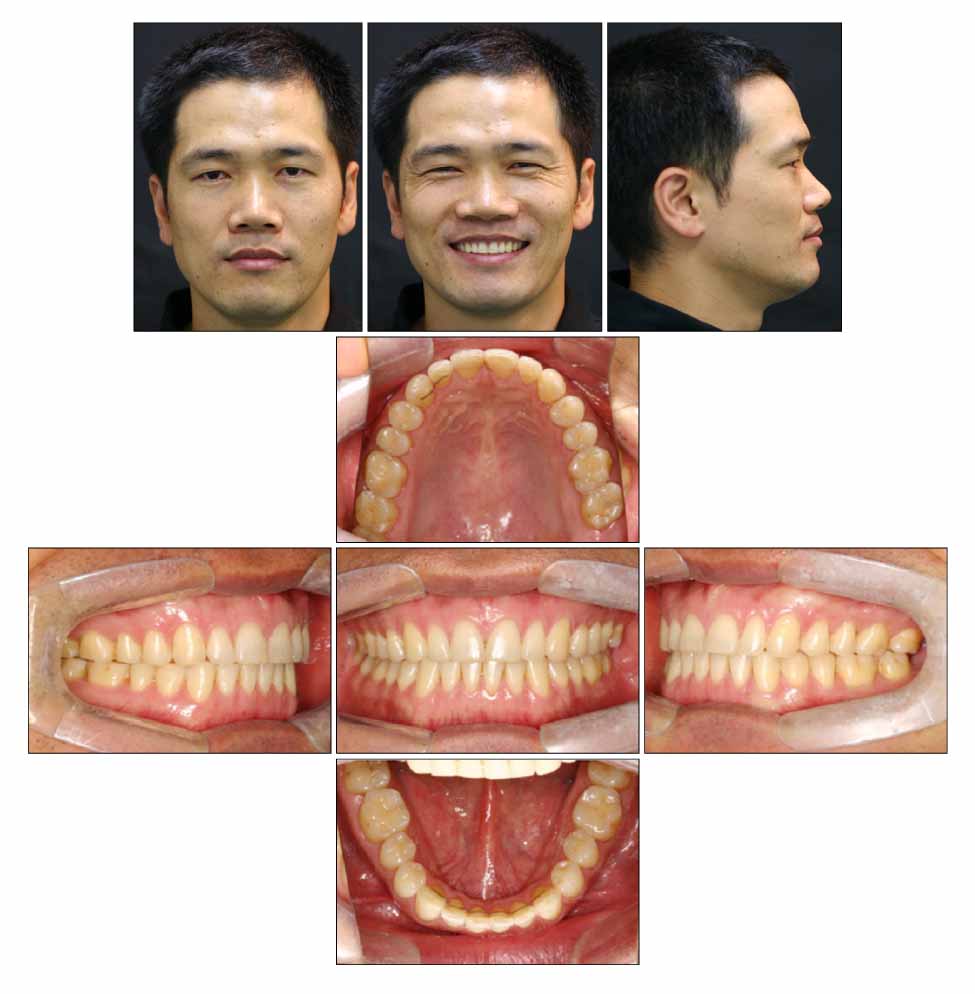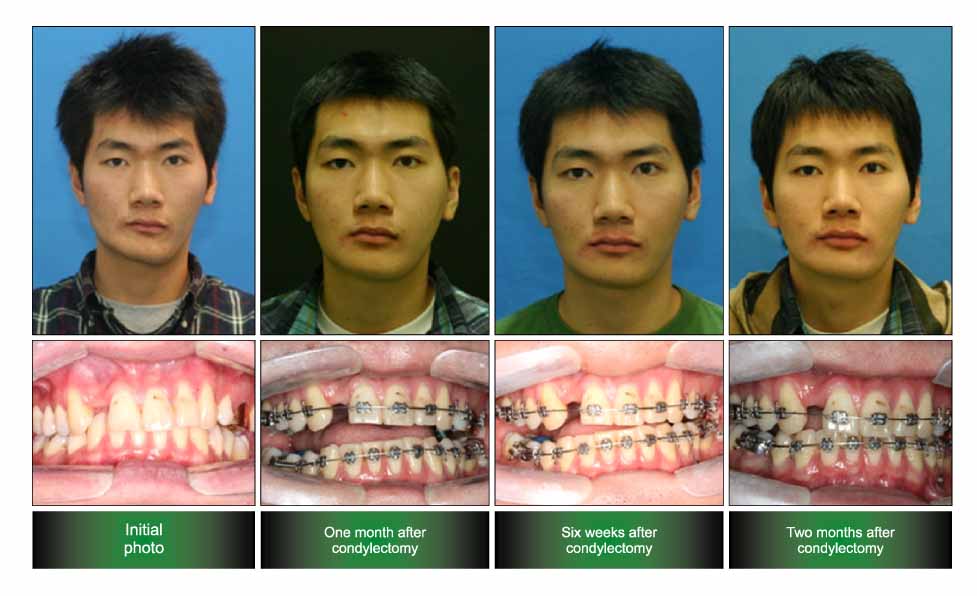Korean J Orthod.
2008 Dec;38(6):437-455. 10.4041/kjod.2008.38.6.437.
Application and effects of condylectomy in asymmetric patients with condylar hyperplasia
- Affiliations
-
- 1Department of Orthodontics, School of Dentistry, Yonsei University, Korea.
- 2Department of Orthodontics, School of Dentistry, Yonsei University, Dental Science Research Institute, Korea. hwang@yuhs.ac
- KMID: 2273975
- DOI: http://doi.org/10.4041/kjod.2008.38.6.437
Abstract
- Condylar hyperplasia is a pathologic condition showing 3-dimensional skeletal hyperplasia of the mandible. The reason for condylar hyperplasia is not yet known, but the effects of hormone, trauma, infection, genetics, fetal condition, and hypervascularity are known as possible reasons. When we diagnose a patient as having condylar hyperplasia, it is important to decide if it is in progress or not. Treatment for facial asymmetry due to condylar hyperplasia are decided accordingly, including condylectomy, that is removal of growth site of the affected condyle, and conventional orthognathic surgery only or condylectomy with orthognathic surgery after the completion of growth. Therefore, it is important to determine the growth state of condylar hyperplasia in treatment stability. This is verified through bone scan and regular check-ups with 3D CT or PA cephalogram. This case report introduces an improved case of facial asymmetry with condylectomy together with orthognathic surgery.
Figure
Reference
-
1. Chen YR, Bender-Samuel RL, Huang CS. Hemimandibular hyperplasia. Plast Reconstr Surg. 1996. 97:730–737.
Article2. Hampf G, Tasanen A, Nordling S. Surgery in mandibular condylar hyperplasia. J Maxillofac Surg. 1985. 13:74–78.
Article3. Iannetti G, Cascone P, Belli E, Cordaro L. Condylar hyperplasia: cephalometric study, treatment planning, and surgical correction (our experience). Oral Surg Oral Med Oral Pathol. 1989. 68:673–681.
Article4. Bishara SE, Burkey PS, Kharouf JG. Dental and facial asymmetries: a review. Angle Orthod. 1994. 64:89–98.5. Burstone CJ. Diagnosis and treatment planning of patients with asymmetries. Semin Orthod. 1998. 4:153–164.6. Nitzan DW, Katsnelson A, Bermanis I, Brin I, Casap N. The clinical characteristics of condylar hyperplasia: experience with 61 patients. J Oral Maxillofac Surg. 2008. 66:312–318.
Article7. Betts NJ, Vanarsdall RL, Barber HD, Higgins-Barber K, Fonseca RJ. Diagnosis and treatment of transverse maxillary deficiency. Int J Adult orthodon Orthognath Surg. 1995. 10:75–96.8. Araz B, Nitzan DW, Brin I. Condylar hyperplasia: remodeling of facial structures following condylectomy. Report of two cases. Int J Adult Orthodon Orthognath Surg. 1991. 6:47–55.9. Hodder SC, Rees JI, Oliver TB, Facey PE, Sugar AW. SPECT bone scintigraphy in the diagnosis and management of mandibular condylar hyperplasia. Br J Oral Maxillofac Surg. 2000. 38:87–93.
Article10. Henderson MJ, Wastie ML, Bromige M, Selwyn P, Smith A. Technetium-99m bone scintigraphy and mandibular condylar hyperplasia. Clin Radiol. 1990. 41:411–414.
Article11. Miyamoto H, Shigematsu H, Suzuki S, Sakashita H. Regeneration of mandibular condyle following unilateral condylectomy in canines. J Craniomaxillofac Surg. 2004. 32:296–302.
Article12. Ferguson JW. Definitive surgical correction of the deformity resulting from hemimandibular hyperplasia. J Craniomaxillofac Surg. 2005. 33:150–157.
Article13. Dimitroulis G, Slavin J. The effects of unilateral discectomy and condylectomy on the contralateral intact rabbit craniomandibular joint. J Oral Maxillofac Surg. 2006. 64:1261–1266.
Article14. Unlü RE, Uysal AC, Alagöz MS, Tekin F, Sensöz O. An unusual complication of condylectomy: fracture of the temporal bone and intratemporal facial paralysis. J Craniofac Surg. 2005. 16:185–189.
Article15. Wolford LM, Mehra P, Reiche-Fischel O, Morales-Ryan CA, Garcia-Morales P. Efficacy of high condylectomy for management of condylar hyperplasia. Am J Orthod Dentofacial Orthop. 2002. 121:136–150.
Article16. Bertolini F, Bianchi B, De Riu G, Di Blasio A, Sesenna E. Hemimandibular hyperplasia treated by early high condylectomy: a case report. Int J Adult Orthodon Orthognath Surg. 2001. 16:227–234.
- Full Text Links
- Actions
-
Cited
- CITED
-
- Close
- Share
- Similar articles
-
- A Case Report Of Facial Asymmetry From Unilateral Condylar Hyperplasia
- Surgery-early approach combined with condylectomy for correction of severe facial asymmetry with mandibular condylar hyperplasia: a case report
- Conservative condylectomy alone for the correction of mandibular asymmetry caused by osteochondroma of the mandibular condyle: a report of five cases
- Assessment of functional improvement with temporalis myofascial flap after condylectomy in elderly patients with anterior disc displacement without reduction and an erosive condylar surface
- Condylar Hyperplasia with Long-standing Temporomandibular Joint Dislocation

